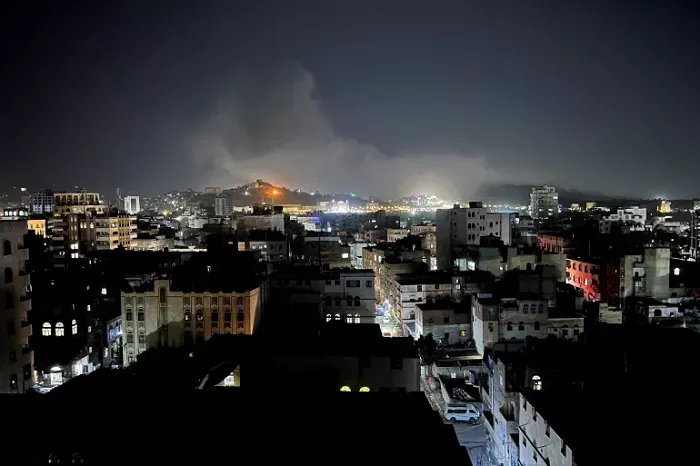Yemen’s Houthi group has claimed responsibility for shooting down a US military drone over the Hajjah governorate, while multiple US airstrikes reportedly hit several regions across the country.
On Tuesday, Houthi military spokesperson Yahya Saree said the group’s air defense forces had taken down an American MQ-9 Reaper drone that was “carrying out hostile missions” over northwestern Yemen. According to Saree, this marks the seventh US drone shot down this month and the 22nd since the Gaza conflict began 18 months ago.
The Houthi-affiliated media outlet Al Masirah reported that US airstrikes late Tuesday targeted at least three locations: Kamran Island in the Red Sea, Al Salif district in western Yemen, and Al-Saleem district in northern Saada province.
The US military has been carrying out near-daily airstrikes in Yemen since March, claiming it is targeting Houthi forces in retaliation for attacks on commercial vessels in the Red Sea. Reports say that more than 200 people, including women and children, have been killed in these strikes.
The Biden administration has said the campaign will continue until the Houthis cease attacks on ships passing through the Red Sea, a key international trade route.
However, the Houthis argue their actions are in solidarity with Palestinians in Gaza and will only end when Israel stops its military operations in the enclave.
This latest escalation follows US airstrikes in Yemen’s capital, Sanaa, that killed 12 people just days ago. Last week, the US also launched 13 airstrikes targeting the port and airport in Hodeidah, just three days after its deadliest strike yet at Ras Isa port, which killed at least 80 people and wounded more than 150.
Since November 2023, the Houthis say they have launched over 100 attacks on ships they claim are linked to Israel. A temporary ceasefire in Gaza earlier this year led the group to pause attacks, but they resumed operations last month when Israel renewed its military campaign.
These attacks have had a global impact, severely disrupting shipping through the Suez Canal, a major route for about 12% of global maritime traffic. Many shipping companies are now diverting around the Cape of Good Hope, significantly increasing travel time and costs.


